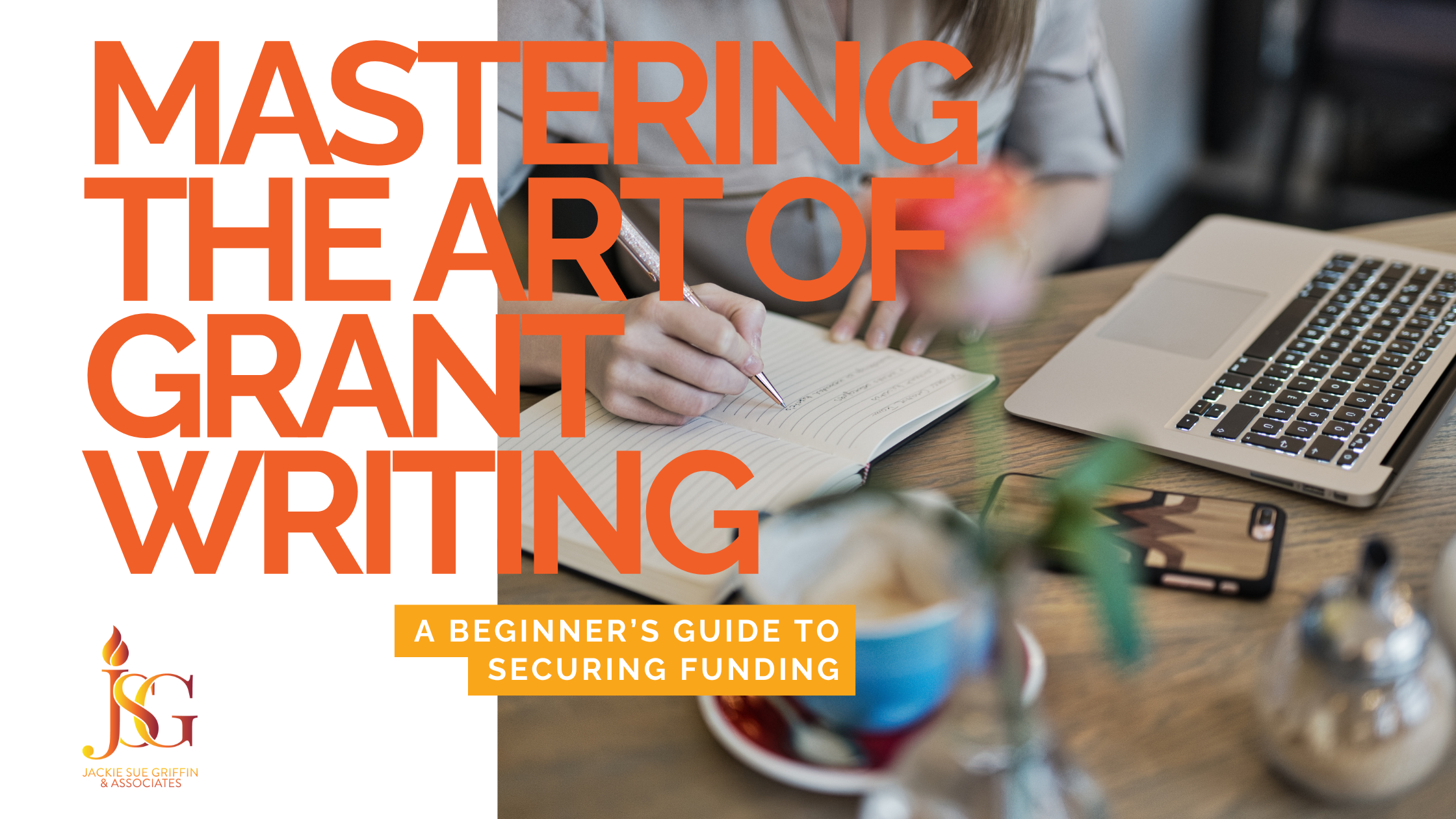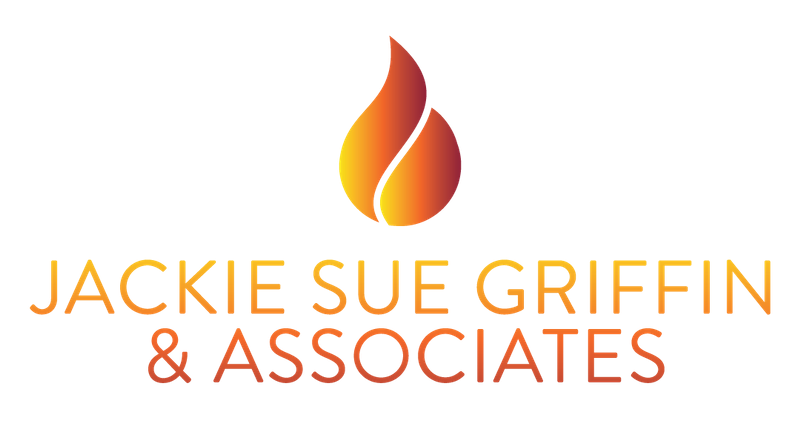
02 Jan Mastering the Art of Grant Writing: A Beginner’s Guide to Securing Funding
As we kick off a new year, most nonprofit leaders have a daunting task at the top of their minds: securing funding. With increasing competition for limited resources, standing out requires more than just meeting basic application requirements. A well-crafted grant proposal has the potential to unlock resources that propel your mission forward, enabling you to expand programs, reach more people, and create lasting change. More than just filling out forms, effective grant writing requires strategic planning, compelling storytelling, and a clear demonstration of impact—elements that showcase not only what your organization does but why it matters and how it makes a tangible difference in the community.
Laying the Groundwork: Research and Preparation
Every successful grant starts with thorough research. Start by identifying funders whose missions align with your organization’s goals. Study their funding history, eligibility criteria, and application deadlines. Knowing what a funder prioritizes allows you to tailor your proposal to resonate with their values.
Preparation also means gathering key organizational documents including your mission statement, financial records, and program descriptions. These elements form the backbone of a strong application, ensuring that your proposal is both credible and persuasive.
Crafting a Clear and Compelling Narrative
The heart of a grant proposal is the narrative you create. Your story should answer two fundamental questions: Why does this problem matter? and Why is your organization the solution?
Be specific about the strategies and resources you will use to solve the problem your nonprofit hopes to fix, including timelines, staffing needs, and expected outcomes. The more detailed and transparent you are, the more funders will trust your ability to deliver results.
Keep your language clear, persuasive, and free of jargon. Funders come from various backgrounds and may not be familiar with sector-specific terms. A compelling, accessible narrative can make your proposal stand out.
Setting Realistic Goals and Objectives
Funders are drawn to projects with measurable, realistic goals. Clearly define your project’s targets and break them down into specific, actionable objectives. For example, if you’re seeking funding for a youth mentorship program, describe how many students you aim to serve and what success will look like for them.
Set objectives that are SMART: Specific, Measurable, Achievable, Relevant, and Time-bound. These criteria help funders understand exactly what their investment will support and the difference it will make in the community.
Outline how you will track progress toward these objectives. Whether through monthly reports, program evaluations, or community surveys, demonstrating accountability can strengthen your proposal.
Building a Strong Budget and Sustainability Plan
A detailed budget demonstrates that you’ve thought through every aspect of your project. Break down expenses into categories such as personnel, materials, and administrative costs. Be realistic but thorough—unexpected costs can undermine even the best proposals.
Additionally, include a sustainability plan explaining how your organization will continue the project after the grant period ends. This reassures funders that their investment will have a lasting impact.
Consider including information on additional revenue streams like individual donations, sponsorships, or earned income. Showing funders that you are financially proactive can boost their confidence in your long-term viability.
Polishing with Precision: Review and Submission
Even the most compelling proposal can fall short if it’s riddled with errors. Review your application multiple times, and consider having a colleague or external reviewer provide feedback. Double-check that you’ve met all submission guidelines, from word counts to required attachments.
Submit your application well before the deadline to avoid last-minute issues. A timely, polished proposal reflects your organization’s professionalism and dedication.
Staying Resilient and Learning from Feedback
Not every grant proposal will be successful—but every experience is a learning opportunity. If your application is declined, ask for feedback. Funders often provide insights that can strengthen future proposals.
Remember, grant writing is both an art and a skill that improves with practice. The more you refine your process, the more confident you’ll become in crafting proposals that resonate with funders.
Celebrate each success, no matter how small. Every grant received is a testament to your organization’s dedication and resilience.

No Comments